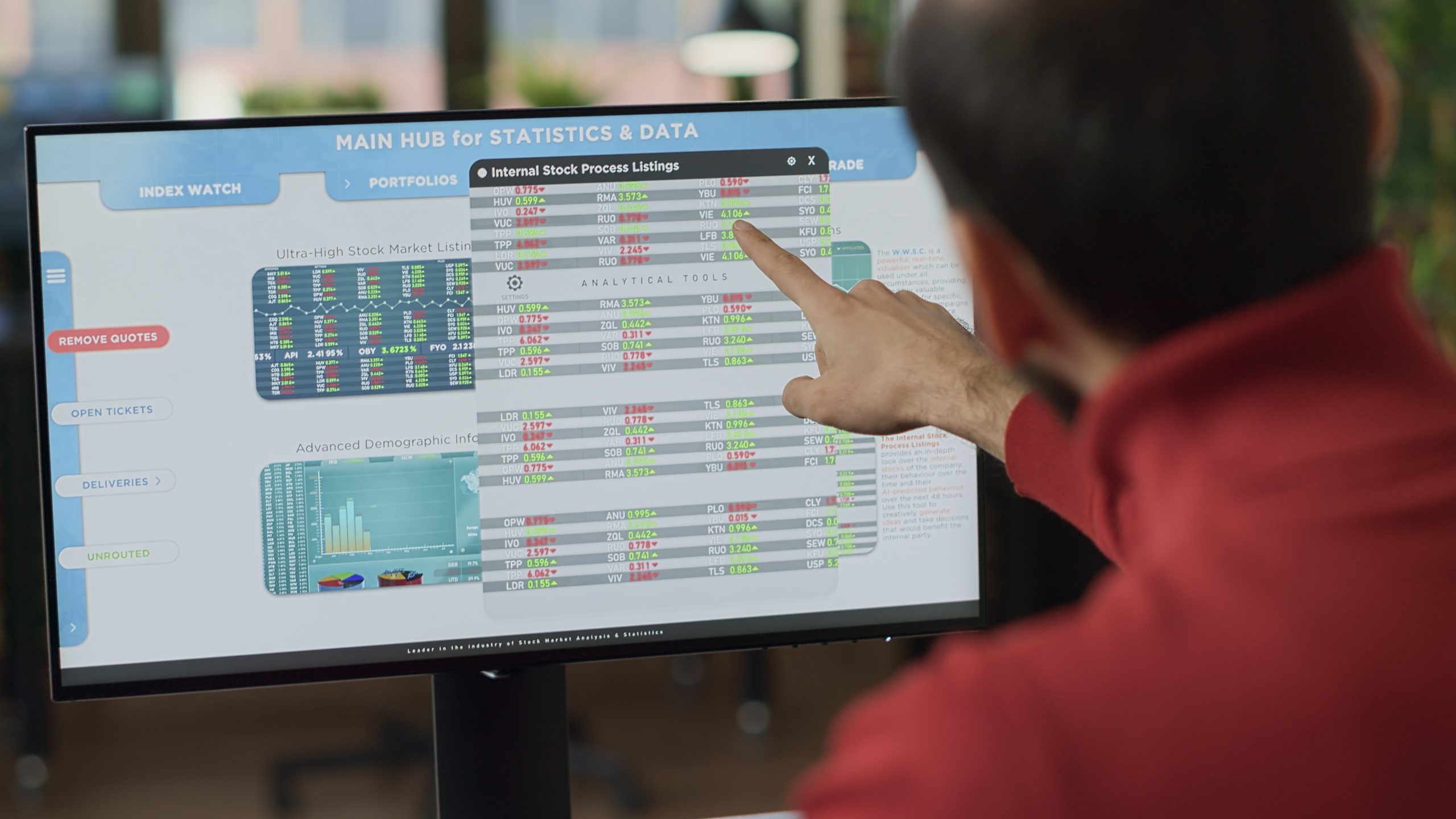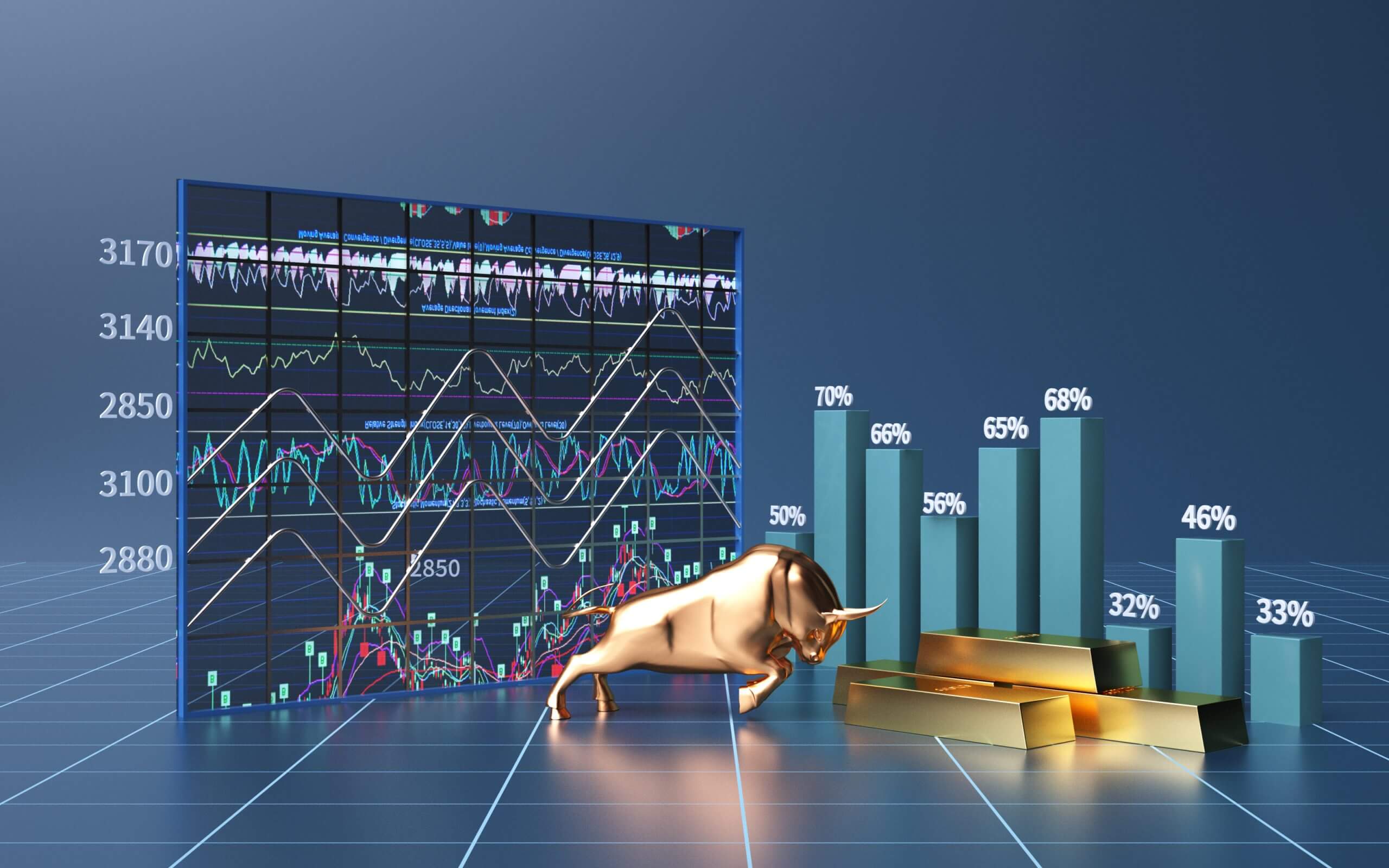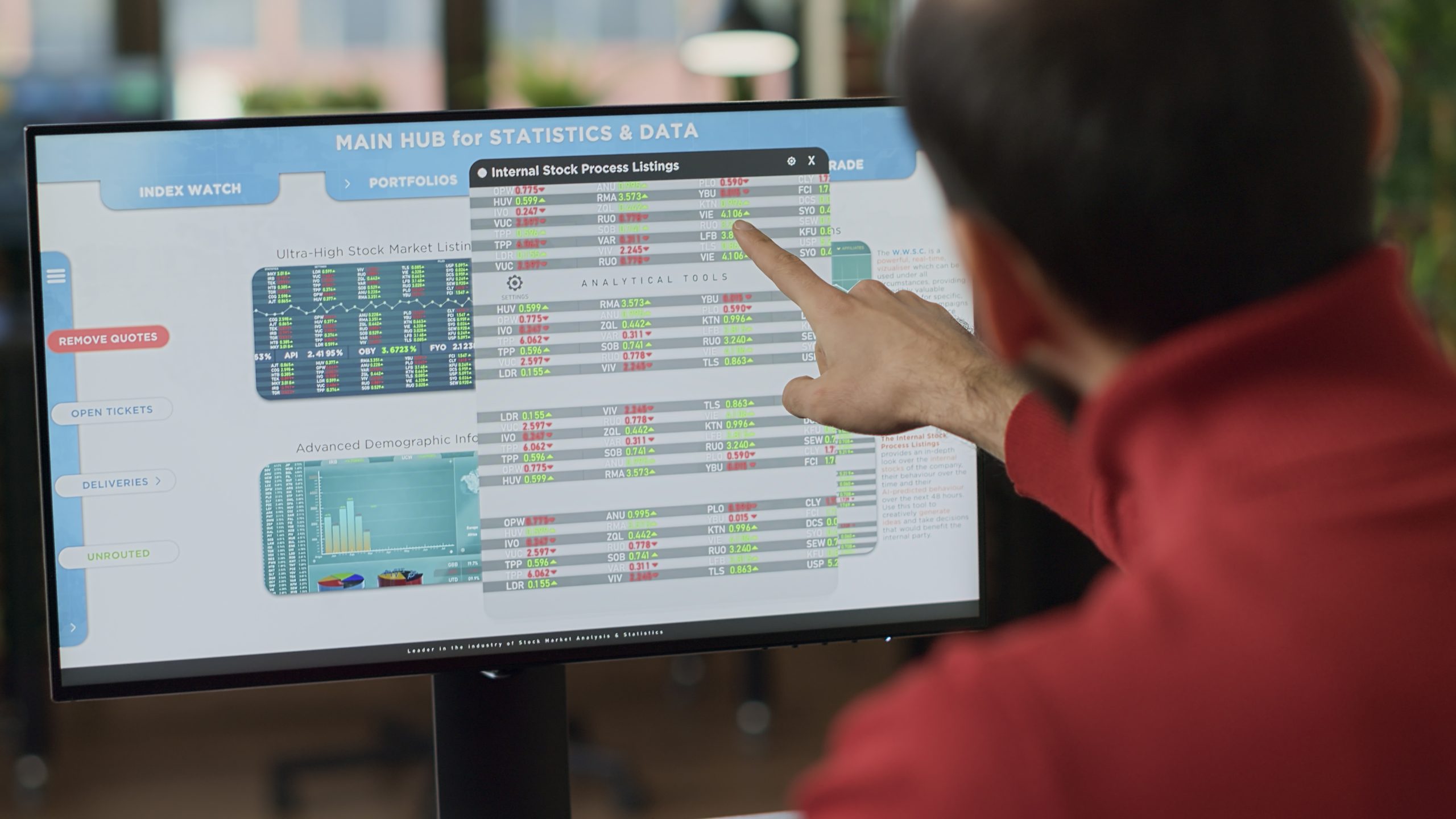Hyundai Motor India Ltd. (HMIL), the nation’s top automobile manufacturer, has been in the limelight ever since its recent sales performance reported slow growth despite having a strong SUV portfolio. The company’s shares dropped 1% on April 2, after news of a weak 3% jump in sales during March 2025. Even though the automotive giant continues to be a market leader in India, the latest sales data brings into question the company’s long-term prospects in a competitive marketplace.
In this blog, we look at Hyundai’s performance in the Indian market, and more specifically its SUV division, which continues to account for much of the company’s sales. We also examine the company’s quarterly performance and look at what might be impacting its growth and what challenges and opportunities it might face in the coming years.
Hyundai Motor India’s March 2025 Sales Performance
Hyundai recorded total sales of 67,320 units in March 2025, representing a small increase of 2.6% compared to the same month last year. Although the company recorded some improvement in its sales, the overall numbers were below market expectations, especially considering the recovery of the industry from pandemic slowdowns and a rise in demand for personal cars.
Breaking down the sales further, Hyundai’s domestic sales for March stood at 51,820 units, while the company exported 15,500 units to international markets. This export segment is crucial for Hyundai, as India continues to be a major hub for the company’s global operations, especially in terms of vehicle manufacturing and assembly. Yet, while the sales growth is incremental, the 2.6% increase in overall sales makes one wonder if the growth is sustainable in the near term, especially with Hyundai’s rivals, such as Maruti Suzuki and Tata Motors, still consolidating their market bases.
FY25: A Year of Moderate Growth
Examining the year-to-year numbers, Hyundai’s overall sales for FY25 stood at 7,62,052 units. Of these, 5,98,666 units were sold in the domestic market and 1,63,386 units were exported. These figures verify that Hyundai remains among the biggest players in the Indian automobile industry, remaining the second-largest passenger vehicle manufacturer in the nation. Despite these successes, the company has struggled to improve its sales momentum. While it has seen a consistent presence in the market, the pace of growth has not been as robust as expected, especially in comparison to the broader automotive industry, which has experienced a post-pandemic surge.
One of the standout features of Hyundai’s portfolio in FY25 has been its strong performance in the SUV segment. SUVs have dominated the company’s sales, accounting for 68.5% of Hyundai’s domestic sales during the year. This is a staggering number that speaks to the increasing popularity of SUVs among Indian customers, especially in semi-urban and urban areas. Hyundai has consistently performed well in the SUV division with best-selling models like the Hyundai Creta, Alcazar, and the recently introduced Hyundai Creta Electric.
The Hyundai Creta: The Icon of Hyundai’s SUV Series
The Hyundai Creta is still the flagship vehicle of the company, with 52,898 units shipped in Q4 FY25 alone. This makes the Creta a major contributor to Hyundai’s overall sales figures. The model has gained massive traction in India due to its stylish design, performance, and relatively affordable price point compared to other competitors in the same segment. Since its launch, the Creta has been a sales driver, and Hyundai’s ability to cross significant milestones with this model, such as surpassing 2.5 million SUV sales and 1.5 million Creta sales (both domestic and exports), showcases its continued dominance in the SUV market.
The Creta Electric, Hyundai’s first homegrown electric vehicle, is yet another promising new addition to its SUV portfolio. As a part of Hyundai’s electric vehicle plan for India, the Creta Electric is slated to find favor with green-conscious customers seeking a greener alternative without wanting to compromise on the design and features of the Creta.
Challenges in Other Segments and Fall in Profit Margins
Although the SUV segment has been successful, other segments of Hyundai have been lagging. Specifically, the company itself reported that it had a 3% drop in overall sales for February 2025, with domestic sales dropping by 5%. Further, the company reported a 19% drop in its October-December 2024 quarter consolidated net profit. The profit decline was attributed to subdued demand, ongoing geopolitical factors, and high input costs, which have squeezed the company’s margins. The total income for the quarter also fell to Rs 16,892 crore, down from Rs 17,244 crore in the previous quarter. Hyundai’s revenue from operations also slipped by 1.34% to Rs 16,648 crore.
These results highlight the ongoing challenges Hyundai is facing in terms of maintaining profit margins, even as it works to strengthen its position in the SUV market. While SUVs remain the company’s primary growth engine, the overall demand in another segment, such as sedans and hatchbacks, has not been as robust, affecting the company’s profitability.
Factors Affecting Hyundai’s Performance
There are several factors contributing to Hyundai’s current performance in the Indian market, including both external and internal challenges. Let’s examine some of the key factors affecting Hyundai’s growth:
1. Geopolitical Factors and Supply Chain Issues
The geopolitical climate, particularly in terms of rising tensions between global powers and supply chain disruptions, has had a significant impact on the global automotive industry. Hyundai, like many other manufacturers, has faced challenges with its global supply chains, especially with the shortage of semiconductors, which have affected the production of several models. The war in Ukraine, lockdowns in China, and rising raw material costs have all added pressure on Hyundai’s ability to maintain production levels and manage costs effectively.
2. Increased Competition
Hyundai is confronted with mounting competition from traditional car manufacturers as well as new players in the industry. Traditional manufacturers such as Tata Motors and Maruti Suzuki have experienced high demand for their vehicles, and the emergence of electric vehicle (EV) manufacturers such as Tata’s Nexon EV has placed further pressure on Hyundai to maintain the pace of innovation, especially in the EV sector.
3. Domestic Market Trends
While SUVs have seen a surge in demand in recent years, the demand for sedans and hatchbacks has been on the decline. This shift in consumer preference has had an impact on Hyundai’s portfolio, with models like the Hyundai Verna and the Hyundai Santro not performing as well as expected. Moreover, there is high demand for electric vehicles (EVs), and although Hyundai has been successful with the Creta Electric, its EV lineup overall in India is still somewhat limited relative to some of the other manufacturers.
4. Increased Input Costs and Inflation
The automotive industry in India has been grappling with rising input costs, primarily due to higher prices for raw materials like steel, aluminum, and rubber. Inflationary pressures have also increased production costs, which may have impacted Hyundai’s ability to maintain healthy margins. These challenges are particularly significant in the mass-market segments, where pricing flexibility is limited.
Looking Ahead: Hyundai’s Path to Recovery
Hyundai, however, sees the future bright and is exploring many avenues for growth, and there are quite a few of them. The company has invested heavily in research and development, especially in the electric vehicle space, and is poised to use its global expertise in the rapidly expanding EV segment.
The introduction of new models, particularly in the electric vehicle segment, is likely to enable Hyundai to access a fresh market of environmentally friendly consumers. Moreover, the company’s emphasis on its SUV range, which has been performing well, will also continue to be an integral part of its growth strategy.
Hyundai’s ability to adapt to the evolving market dynamics and consumer preferences will play a key role in its recovery. With a strong brand presence, a diversified product portfolio, and continued investments in technology, Hyundai is well-positioned to weather the current challenges and continue to lead the Indian automotive market.
Conclusion
Hyundai Motor India’s performance in the last year has been uneven. While the company has recorded strong growth in the SUV segment, especially with vehicles such as the Hyundai Creta, it struggles in other segments and with increasing input costs. The company’s fall in profit margins and muted demand in some vehicle categories reflect the challenges of operating in the Indian automobile market.
Yet, Hyundai’s investment in electric vehicles and its strategic emphasis on building its SUV portfolio are solid foundations for the company’s future growth. As the Indian market continues to transform, Hyundai will have to adjust to shifting consumer tastes, especially in the fast-expanding electric vehicle market. By continuing to innovate and broaden its portfolio, Hyundai can sustain its competitive advantage and position itself for long-term success in India’s vibrant automotive market.
In summary, although Hyundai Motor India has some challenges, its robust brand, product line, and innovation focus give the company more than enough chances to overcome these challenges and continue to be one of the top players in the Indian automobile market.















0 Comments